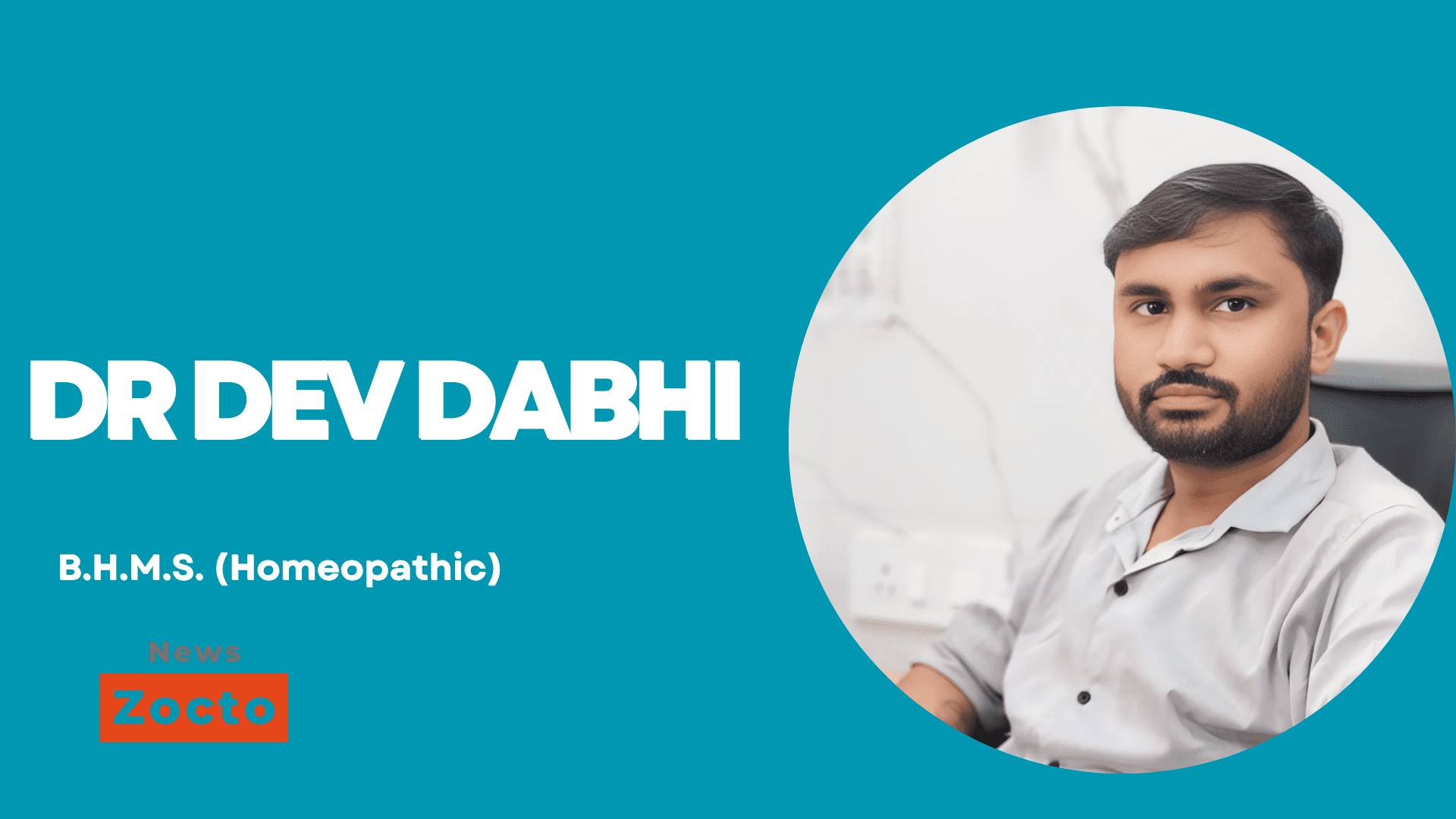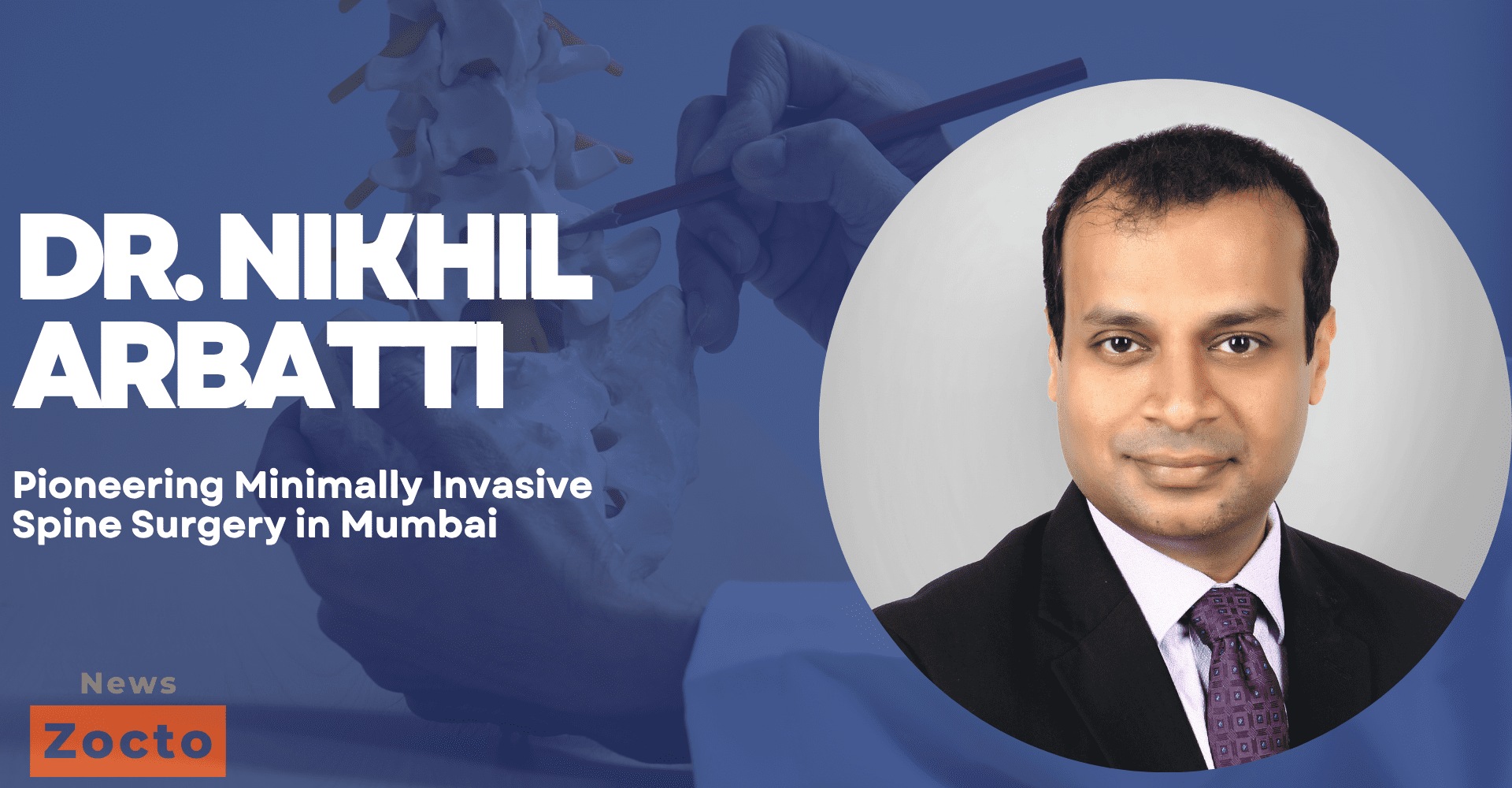By : Dr Dev Dabhi, B.H.M.S. (Homeopathic)
Homeopathic Physician • Author • Contributor to Contemporary Holistic Health Discussions
Dr Dev Dabhi is a licensed B.H.M.S. (Bachelor of Homeopathic Medicine & Surgery) practitioner based in Una, District Gir, Somnath, Gujarat. He offers outpatient consultations both in-person and via digital platforms, specializing in dermatology, hormonal imbalances, and other chronic conditions well-suited to homeopathic protocols. Dr Dabhi conducts live case-talk sessions and contributes regularly to the Indian medical community’s Curofy network, where his clinical case-sharing fosters peer-based learning and patient education.
Published Work
Dr Dabhi authored Aausadh Vigyan, an English-language e-book published in November 2020 by Onlinegatha. The work explores interconnected pathways between plant-based preparations and integrative therapeutic protocols in traditional Indian medicine². The author’s intention is to bridge classical drug theory with clinical homeopathy in accessible language for students and practitioners alike.
Professional Focus & Practice Highlights
| Attribute | Summary |
|---|---|
| Base & Outreach | Operating from Una, District Gir, Somnath, Gujarat, Dr Dabhi consults patients locally and online in English and Gujarati, increasing accessibility within diverse patient demographics¹. |
| Clinical Approach | He integrates constitutional homeopathy with Ayurvedic and Unani principles, offering tailored case-management plans that emphasize constitutional remedies, holistic diet, and gradual detox. |
| Community Engagement | Through virtual rounds and public posts, Dr Dabhi regularly mentors junior homeopaths and shares patient progress (anonymized) across India-wide networks for continuous professional development. |
Acne vulgaris is the most common skin disorder globally, affecting an estimated 650 million people. It is a chronic inflammatory disease of the pilosebaceous unit, characterized by excessive sebum secretion, clogged pores (comedones), and varying degrees of inflammation. Although often considered a benign, self-limiting condition, acne can cause severe psychological distress and permanent scarring, impacting patients’ quality of life.
The word acne originates from the Greek word “acme”, meaning “prime of life,” reflecting its frequent onset during adolescence.
Epidemiology
- Lifetime prevalence: ~85% of individuals experience acne at some point.
- Age group: Common in adolescence but can persist into adulthood.
- Gender differences:
- 50.9% of women aged 20–29 years are affected.
- 26.3% of women aged 40–49 years still experience breakouts.
- Healthcare burden: Acne accounts for one-third of dermatology visits in women over 25.
Types of Acne
- Comedones – Non-inflammatory lesions:
- Whiteheads (closed comedones)
- Blackheads (open comedones) – formed when sebum oxidizes.
- Inflammatory acne:
- Papules – red, tender bumps
- Pustules – pus-filled lesions
- Nodules – deep, painful lumps
- Cysts – severe, pus-filled lesions leading to scarring
- Special forms:
- Drug-induced acne (e.g., from long-term steroids)
- Oil acne (from occupational exposure)
- Chloracne (industrial exposure)
- Excoriated acne (self-inflicted from picking)
Causes and Risk Factors
Pathogenesis
- Excess sebum production (androgen-driven)
- Abnormal keratinization of hair follicles
- Colonization by Propionibacterium acnes
- Inflammation of the pilosebaceous unit
Contributing factors:
- Hormonal fluctuations (puberty, PCOS, menstrual cycles)
- Diet high in fats and refined carbohydrates
- Genetic predisposition
- Psychological stress
- Environmental triggers (UV light, humidity, pollution)
- Poor hygiene or occupational hazards
Clinical Features
- Common sites: Face, neck, chest, back
- Greasy skin with open and closed comedones
- Inflammation can cause redness, swelling, tenderness
- Hyperpigmentation and scarring may follow
- In females, flare-ups often occur 7–10 days before menstruation
Complications
- Physical: Atrophic scars, keloids, pigmentation
- Psychological: Low self-esteem, depression, social withdrawal
Diagnosis
- Primarily clinical, based on lesion type and distribution
- Investigations (in severe or persistent cases):
- Hormonal profile: Testosterone, LH, FSH, DHEAS
- Imaging: Pelvic ultrasound for PCOS
- Blood tests: CBC, liver function, lipid profile
Treatment Approaches
Conventional Management
- Topical agents: Retinoic acid, benzoyl peroxide
- Oral antibiotics: Tetracycline, erythromycin, clindamycin
- Oral isotretinoin: For severe, cystic acne
- Lifestyle: Gentle skin cleansing, balanced diet, sun exposure
Ayurvedic View
In Ayurveda, acne is called Yuvanpidika or Mukhadushika and is considered a Kshudra Roga (minor disease). It is caused by vitiation of Kapha and Vata doshas and Rakta dhatu, leading to obstruction of the pilosebaceous unit.
Treatment modalities:
- Shodhana (purification): Vaman (emesis), Nasya (nasal therapy)
- Shamana (conservative): Herbal lepas (pastes), dietary regulation
- Classical references: Sushruta Samhita, Chakradatta
Unani View
Known as Basoor Labaniya, acne is described as milk-drop-like pustules on the face. Causes include:
- Blood impurities
- Hot and spicy foods
- Hormonal changes
- Indigestion and digestive disturbances
Treatment focuses on detoxification, improving digestion, and topical herbal formulations.
Homeopathic View
Homeopathy treats acne by addressing the individual as a whole rather than targeting only the lesions. Remedies are selected based on constitution, mental state, and specific symptoms.
Miasmatic approach:
- Psoric miasm: Dry, itchy pimples without pus
- Sycotic miasm: Oily skin, thickened skin, pigmentation patches
Common remedies:
- Kali Bromatum
- Asterias Rubens
- Pulsatilla
- Sulphur
- Berberis Aquifolium
- Thuja
Integrative Perspective
Acne vulgaris benefits from a multi-pronged approach, combining:
- Evidence-based dermatological treatments
- Traditional knowledge from Ayurveda and Unani
- Holistic homeopathic methods for long-term balance
Early intervention not only prevents physical scarring but also protects mental well-being.
Acne vulgaris is far more than a cosmetic nuisance—it is a chronic medical condition with significant psychosocial implications. A holistic, patient-centered strategy that integrates modern dermatology with traditional healing systems offers the most promising path to safe and effective management.




